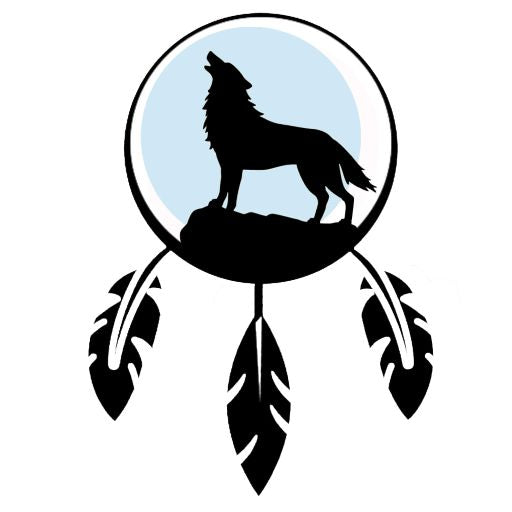Ilnu Crafts: Cultural and Spiritual Creations

As an Innu artisan from Mashteuiatsh, each piece I create is a reflection of our culture, our spiritual traditions, and our history. My work is deeply rooted in ancestral practices and plays a vital role in preserving and passing on our cultural heritage. This is how my creations embody and celebrate the essence of our community.
1. Dance sticks and ceremonial staffs: Ancestral spiritual symbols
Dance and ceremonial staffs hold considerable importance in Innu culture, serving as props during ceremonies and rituals. Traditionally, these staffs are adorned with feathers, furs, and symbolic motifs representing elements of nature and ancestral spirits. These objects are used to strengthen spiritual connection during community gatherings and healing ceremonies.
2. Dreamcatchers: A Unique Cultural Adaptation
Although dreamcatchers are often associated with the Anishinaabe people, their adoption in Ilnu culture exemplifies how traditions can be adapted while remaining true to their essence. Historically, dreamcatchers were used to protect children from bad dreams and attract positive visions. By incorporating them into Ilnu culture, I use local materials such as feathers from birds specific to our region, thus respecting our spiritual values while preserving a traditional art form.
3. Jewelry and sculptures: Witnesses to cultural narratives
Innu jewelry and sculptures are deeply rooted in the stories and spiritual beliefs of our culture. According to Marie-Christine Dufresne's book, *Art and Culture of the First Nations*, these pieces are often adorned with motifs that evoke mythological figures and guardian spirits. Using natural materials like bone and wood, I create objects that not only decorate but also convey ancestral stories and beliefs.
4. Fur items: Respect for traditions and nature
Fur items, such as gloves and mittens, are made using ancestral tanning techniques passed down through generations. These objects are crafted from the furs of animals like fox and mink, which played a crucial role in the survival of Innu communities in harsh climates. Serge Bouchard's study, *Traditional Tanning of Hides in First Nations*, sheds light on how these techniques were developed to meet practical needs while respecting natural resources.
Conclusion
Through my creations, I seek to preserve and celebrate the essence of the Innu culture of Mashteuiatsh. My handcrafted objects are living expressions of our spiritual, cultural, and historical traditions. By crafting these pieces with care and respect, I contribute to maintaining our cultural heritage and passing it on to future generations. I invite you to discover and support this cultural richness through my creations.
Sources:
- Robillard, Jacques. Dictionary of First Nations Arts and Traditions.
Presses de l'Université de Montréal, 2014.
- The Canadian Encyclopedia - Dreamcatcher
- Dufresne, Marie-Christine. Art and Culture of the First Nations. Éditions Glénat, 2018.
- Bouchard, Serge. Traditional leather tanning in First Nations. Éditions du Boréal, 2017.
